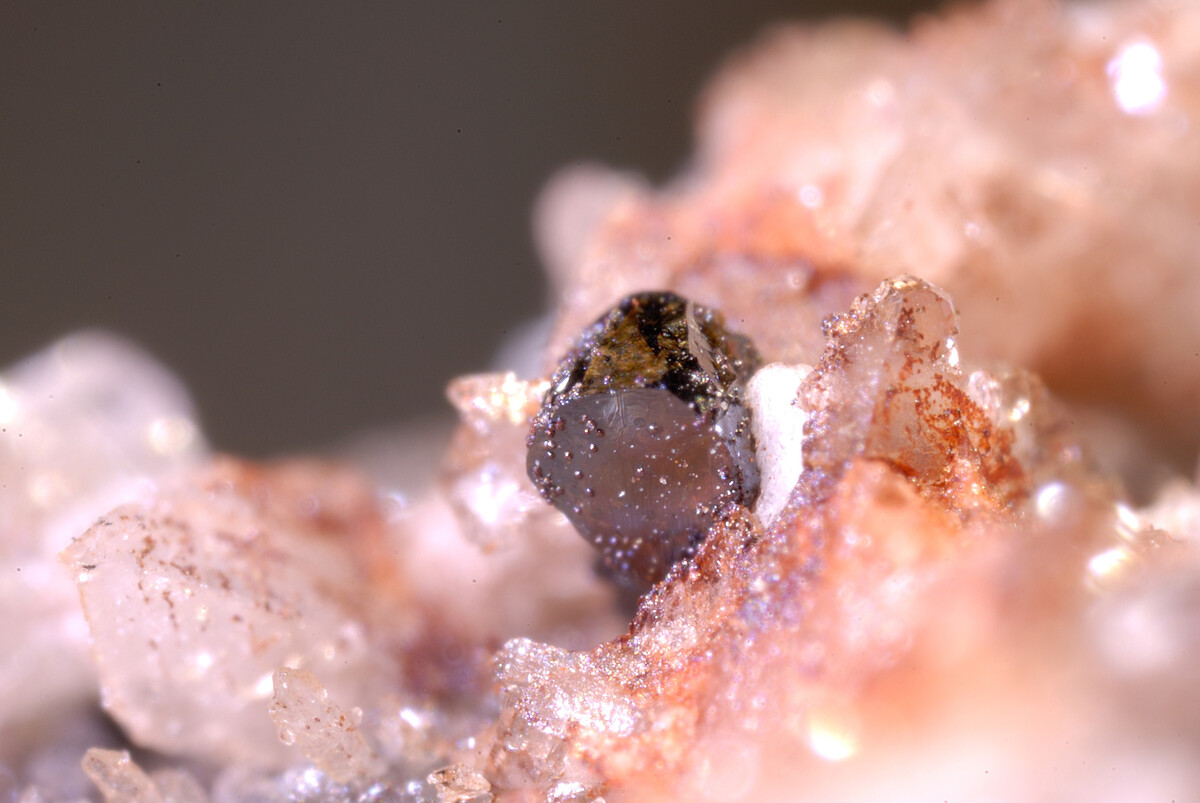
Loveringite is a rare mineral that sparks curiosity among geologists and mineral enthusiasts alike. But what exactly is Loveringite? This intriguing mineral belongs to the crichtonite group and is primarily composed of titanium, iron, and rare earth elements. Found in igneous rocks, it often forms in high-temperature environments, making it a subject of interest for those studying the Earth's crust. Loveringite's unique crystal structure and composition provide valuable insights into geological processes. Whether you're a student, a hobbyist, or just someone with a keen interest in minerals, these 25 facts about Loveringite will expand your knowledge and perhaps even inspire a deeper appreciation for the natural world.
Key Takeaways:
- Loveringite is a rare and fascinating mineral with a complex chemical composition. It's found in meteorites and igneous rocks, and its properties help scientists understand Earth's processes.
- Loveringite's unique properties make it valuable for scientific research and education. It's used to study high-temperature processes, calibrate instruments, and teach students about mineralogy and geochemistry.
What is Loveringite?
Loveringite is a rare mineral that belongs to the perovskite group. It was named after the Australian geologist John Francis Lovering. This mineral is known for its unique properties and fascinating history.
- Loveringite was first discovered in 1984 in the Allende meteorite, which fell in Mexico in 1969.
- The mineral is named after John Francis Lovering, who made significant contributions to geology and mineralogy.
- Loveringite has a complex chemical formula: (Ca,Ce)(Ti,Fe)21O38.
- It typically forms in high-temperature environments, such as those found in meteorites and igneous rocks.
- The mineral is usually black or dark brown in color, with a metallic luster.
Where Can Loveringite Be Found?
Loveringite is not a common mineral, making its occurrences quite special. It has been found in various locations around the world, often in unique geological settings.
- Loveringite was first identified in the Allende meteorite, one of the most studied meteorites in history.
- It has also been found in the Bushveld Complex in South Africa, one of the largest layered igneous intrusions on Earth.
- Other notable locations include the Khibiny Massif in Russia and the Stillwater Complex in Montana, USA.
- Loveringite is often associated with other rare minerals, such as perovskite and ilmenite.
- It can also be found in certain types of volcanic rocks, particularly those rich in titanium.
What Are the Physical Properties of Loveringite?
Loveringite has several distinctive physical properties that make it interesting to mineralogists and collectors alike.
- The mineral has a hardness of 6 on the Mohs scale, making it relatively hard.
- It has a specific gravity of around 4.5, which is higher than many common minerals.
- Loveringite crystals are typically small, often less than 1 millimeter in size.
- The mineral exhibits a submetallic to metallic luster, giving it a shiny appearance.
- It is opaque, meaning light does not pass through it.
What Are the Chemical Properties of Loveringite?
Loveringite's chemical composition is complex, contributing to its rarity and unique characteristics.
- The mineral contains a mix of calcium, cerium, titanium, and iron.
- It often includes trace amounts of other elements, such as magnesium, aluminum, and silicon.
- Loveringite's chemical structure is similar to that of perovskite, another mineral in the same group.
- The presence of cerium gives loveringite some unique optical properties.
- Its chemical stability makes it resistant to weathering and alteration.
How Is Loveringite Used?
While loveringite is not widely used in commercial applications, it has some important uses in scientific research and education.
- Loveringite is studied by geologists to understand high-temperature processes in meteorites and igneous rocks.
- It is used as a reference material in laboratories for calibrating analytical instruments.
- The mineral is also of interest to collectors due to its rarity and unique properties.
- Loveringite can provide insights into the formation and evolution of the Earth's crust and mantle.
- It is sometimes used in educational settings to teach students about mineralogy and geochemistry.
Final Thoughts on Loveringite
Loveringite, a rare mineral, holds a unique spot in the world of geology. Found in specific locations like Australia and Antarctica, it's prized for its complex structure and intriguing properties. This mineral, named after geologist John Lovering, often appears in igneous rocks and is known for its high titanium content. Its rarity makes it a subject of interest for collectors and researchers alike.
Understanding loveringite helps scientists learn more about the Earth's formation and the processes that shape our planet. For collectors, having a piece of this mineral is like owning a small part of Earth's history. Whether you're a geology enthusiast or just curious about rare minerals, loveringite offers a fascinating glimpse into the natural world. Keep exploring and who knows, you might just stumble upon this geological gem someday.
Frequently Asked Questions
Was this page helpful?
Our commitment to delivering trustworthy and engaging content is at the heart of what we do. Each fact on our site is contributed by real users like you, bringing a wealth of diverse insights and information. To ensure the highest standards of accuracy and reliability, our dedicated editors meticulously review each submission. This process guarantees that the facts we share are not only fascinating but also credible. Trust in our commitment to quality and authenticity as you explore and learn with us.
